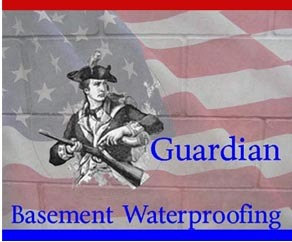 |
 |
 |
 |
 |
 |
 |
 |
 |
 |
 |
 |
 |
 |
 |
 |
| | If you have any feedback on how we can make our new website better please do contact us. We would like to hear from you.
| |
|
|
 |
 |
|
|
What about schools, mold, and indoor air
quality?
Common Moisture Sources Found in
Schools
Moisture problems in school buildings can be caused by a variety of conditions,
including roof and plumbing leaks, condensation, and excess humidity. Some
moisture problems in schools have been linked to changes in building
construction practices during the past twenty to thirty years. These changes
have resulted in more tightly sealed buildings that may not allow moisture to
escape easily. Moisture problems in schools are also associated with delayed
maintenance or insufficient maintenance, due to budget and other constraints.
Temporary structures in schools, such as trailers and portable classrooms, have
frequently been associated with moisture and mold problems.
Suggestions for Reducing Mold Growth
in Schools
Reduce Indoor Humidity:
- Vent showers and other moisture-generating sources to
the outside.
- Control humidity levels and dampness by using air
conditioners and de-humidifiers.
- Provide adequate ventilation to maintain indoor
humidity levels between 30-60%.
Inspect the building for signs of
mold, moisture, leaks, or spills:
- Check for moldy odors.
- Look for water stains or discoloration on the ceiling,
walls, floors, and window sills.
- Look around and under sinks for standing water, water
stains, or mold.
Inspect bathrooms for standing water, water stains, or
mold.
Do not let water stand in air conditioning or
refrigerator drip pans.
Respond promptly when you see signs
of moisture and/or mold, or when leaks or spills occur:
Clean and dry any damp or wet building materials and
furnishings within 24-48 hours of occurrence to prevent mold
growth. Fix the source of the water problem or leak to prevent
mold growth. Clean mold off hard surfaces with water and detergent,
and dry
- orbent materials such as ceiling tiles, that are
moldy, may need to be replaced.
- Check the mechanical room and roof for unsanitary
conditions, leaks, or spills.
Prevent moisture condensation:
- Reduce the potential for condensation on cold surfaces
(i.e., windows, piping, exterior walls, roof, or floors) by adding
insulation.
Floor and carpet cleaning:
|
 |
| |
 |
|




